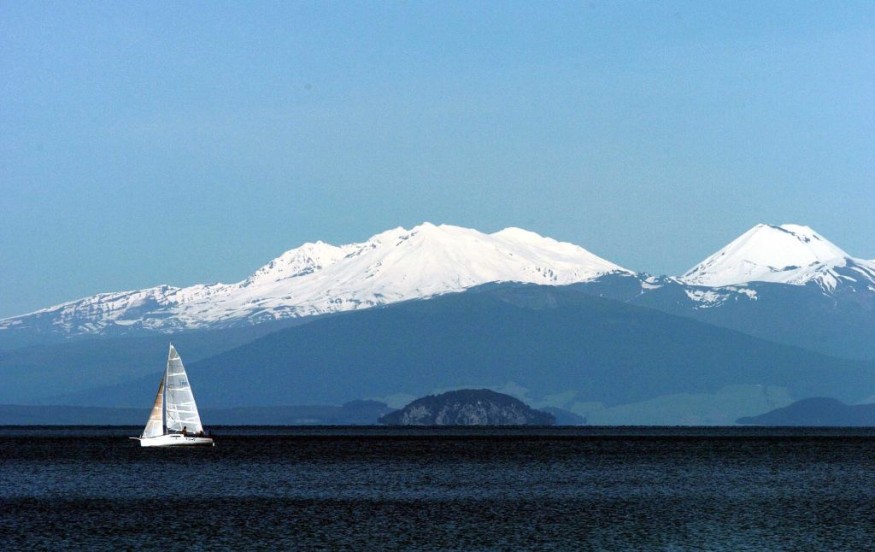A supervolcano warning has been issued for Taupo Volcano in New Zealand for the first time on Tuesday, September 20, after its last eruption 1,800 years ago.
New Zealand officials increased the volcanic alert level of the supervolcano after hundreds of small earthquakes was recorded.
The said volcano is responsible for causing the largest eruption on Earth in the past 5,000 years.
Taupo is a rhyolitic supervolcano located underneath the caldera of Lake Taupo, located in New Zealand's central North Island.
While the volcano became quiet for almost 2,000 years, experts reportedly claimed it is still possible to erupt again.
This prediction is based on studies over the past four decades that show that the giant volcano is still alive, posing the risk of an unprecedented eruption anytime.
Supervolcano Warning

The geological agency GeoNet stated it detected 700 small earthquakes below Lake Taupo and raised the volcanic alert level from 0 to 1, which is based on a six-tier scale of escalating level of volcanic unrest.
The agency said eruptions may occur in different levels and may not move in sequence since volcanic activity is sporadic, as cited by Reuters.
The supervolcano warning or elevated volcanic alert level means that the threat of an imminent volcanic eruption is low yet possible, mainly due to the unusual seismic earthquakes.
An alert level higher than 1 could result in potential release of ash and other volcanic particles.
The highest levels could result in mandatory evacuations and suspension of travel, including flights, within the danger zone.
In around 200 BCE, the Taupo supervolcano reportedly spewed over 100 cubic kilometers of volcanic material, including volcanic ash and rock debris, into the atmosphere.
The ancient volcanic eruption devastated a large area of central North Island, at a time when human habitation is only taking place, as summarized by UK media outlet.
Volcanic Alert Level
GeoNet added that this is the first time that the Taupo Volcano alert level was raised to 1 but was not the first time that an unrest occurred.
Still, the chance of a full-blown eruption remains very low.
Volcanic earthquakes and deformation may continue in the coming weeks and months, the agency said, as cited by Sky News.
In 2019, the Whakaari or White Island volcano in New Zealand's Bay of Plenty region suddenly underwent an explosive eruption, spewing steam and ash.
The event killed 22 people and injured 25 others, who were mostly tourists.
Taupo Volcano
Taupo is the most active rhyolitic volcano within the Taupo volcanic zone, a large 35-kilometer-wide caldera with a poorly defined margin.
It is a classic example of an "inverse volcano," according to the Global Volcanism Program, a part of the Smithsonian Institution - National Museum of Natural History.
The mentioned caldera or bowl-shaped basin is now filled by Lake Taupo, which formed as a result of voluminous eruption of the Oruanui Tephra volcano approximately 22,600 years before present (BP), according to the Smithsonian Institution's program.
© 2025 NatureWorldNews.com All rights reserved. Do not reproduce without permission.





